As a homeowner who loves concrete countertops’ sleek and modern look, I understand the importance of proper maintenance to ensure their longevity and beauty. One essential step in protecting your investment is applying a sealer to your DIY concrete countertops. In this article, I’ll provide a straightforward guide to selecting and applying a sealer to your concrete countertops, so you can keep them pristine for years to come.
Why Use a Sealer for Concrete Countertops?
Concrete is a porous material, which means it is prone to staining and damage from spills, heat, and everyday use. A sealer acts as a protective barrier, creating a shield against moisture, stains, and other potential sources of damage. Sealing your concrete countertops will enhance their durability, make them easier to clean, and maintain their appearance over time.
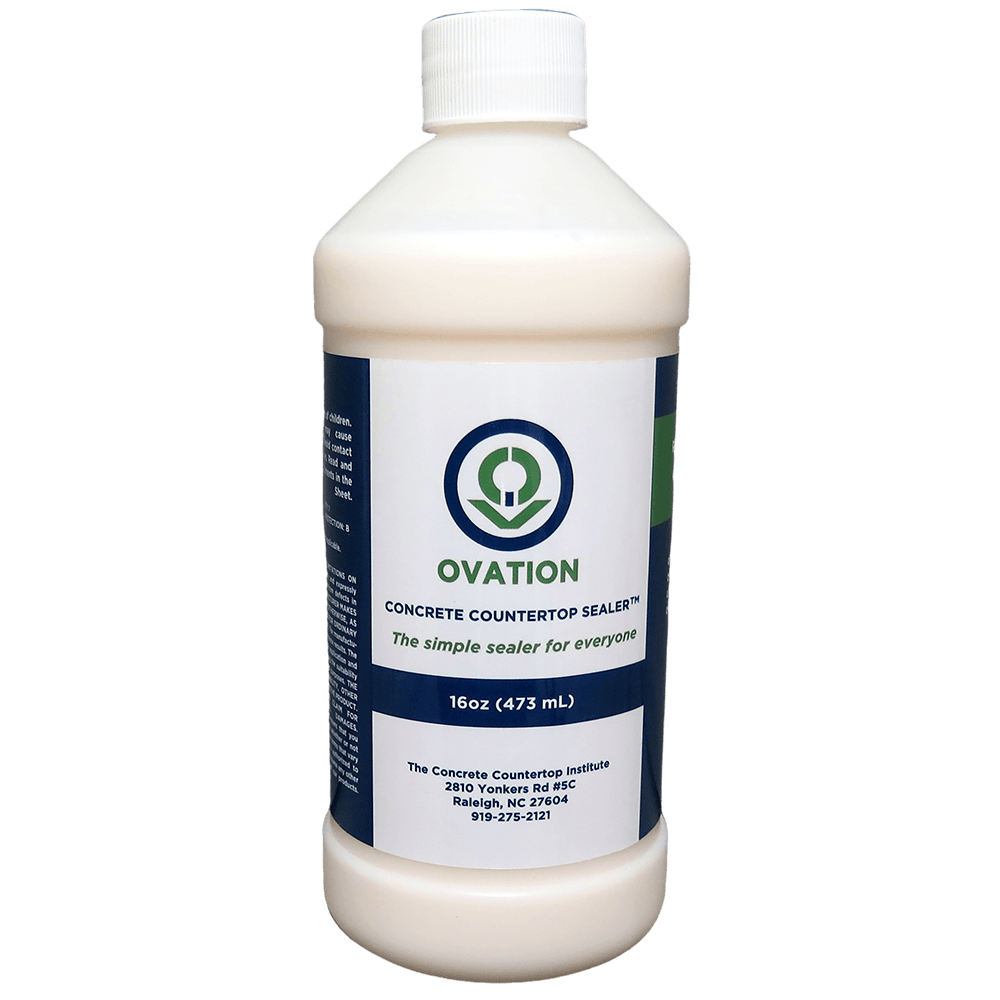
Choosing the Right Sealer
When selecting a sealer for your DIY concrete countertops, it’s crucial to choose one specifically designed for use on concrete. There are two main types of sealers to consider:
- Penetrating Sealers: These sealers penetrate the concrete surface, filling the pores and creating a protective barrier from within. They offer excellent protection against stains and moisture while retaining the natural appearance of the concrete.
- Topical Sealers: These sealers form a protective film on the surface of the concrete. They provide a glossy or matte finish and offer enhanced stain resistance. Topical sealers can also enhance the color and appearance of the concrete, but they may require periodic reapplication.
Consider factors such as the desired finish, level of protection, and ease of application when choosing the right sealer for your concrete countertops.
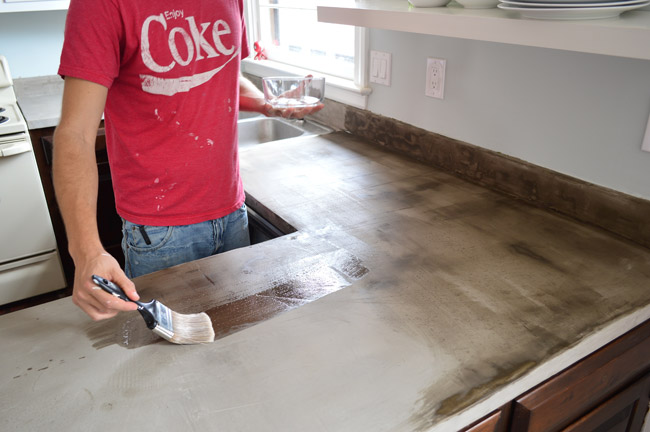
Applying the Sealer
Before applying the sealer, ensure your concrete countertops are clean, dry, and dust-free. Follow these steps for proper application:
a. Read and Follow Instructions: Carefully read the manufacturer’s instructions for the sealer you’ve chosen. Every sealer may have specific application instructions and curing times.
b. Prepare the Surface: Apply painter’s tape to protect surrounding areas and cabinets from accidental sealer spills. Use a clean cloth or brush to remove dust or debris from the countertops.
c. Apply the Sealer: Start applying the sealer using a brush, roller, or sprayer, following the manufacturer’s recommended method. Ensure even coverage and avoid leaving puddles or streaks. Work in small sections, and pay extra attention to areas prone to spills or heavy use.
d. Allow for Curing Time: After applying the sealer, let it cure according to the manufacturer’s instructions. This curing time allows the sealer to bond, creating a strong protective layer on the concrete countertops.
e. Apply Multiple Coats (if needed): Depending on the sealer and the desired level of protection, you may need to apply multiple coats. Follow the manufacturer’s instructions for the recommended coats and drying times between each application.
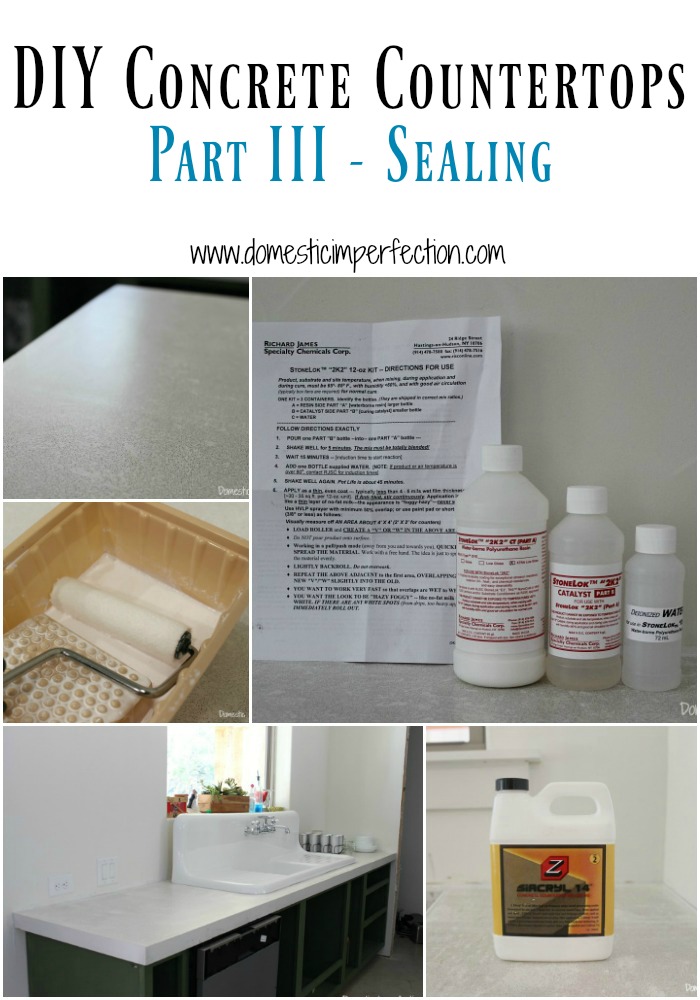
Maintenance and Longevity
To ensure the longevity and effectiveness of your sealer, it’s essential to follow proper maintenance practices. Avoid using abrasive cleaners or harsh chemicals that can damage the sealer. Clean spills promptly and use gentle cleaning solutions recommended for sealed concrete countertops. Regularly reapply the sealer per the manufacturer’s recommendations to maintain its protective properties.
By selecting the right sealer, following proper application techniques, and practicing routine maintenance, you can enjoy the beauty and durability of your DIY concrete countertops for years to come. Protect your investment and preserve your countertops’ sleek, modern look with a high-quality sealer.
In conclusion, applying a sealer to your DIY concrete countertops is a practical and essential step in protecting their longevity and appearance. By selecting the right sealer, following proper application techniques, and practicing routine maintenance, you can ensure that your concrete countertops remain beautiful and resistant to stains and damage. So, invest in a quality sealer, follow the instructions carefully, and enjoy the long-lasting benefits of your sealed DIY concrete countertops.
DIY Concrete Kitchen Countertops: A Step-by-Step Tutorial

Concrete Countertop DIY – A Beautiful Mess
How To Make DIY Concrete Countertops Fletcher Creek Cottage
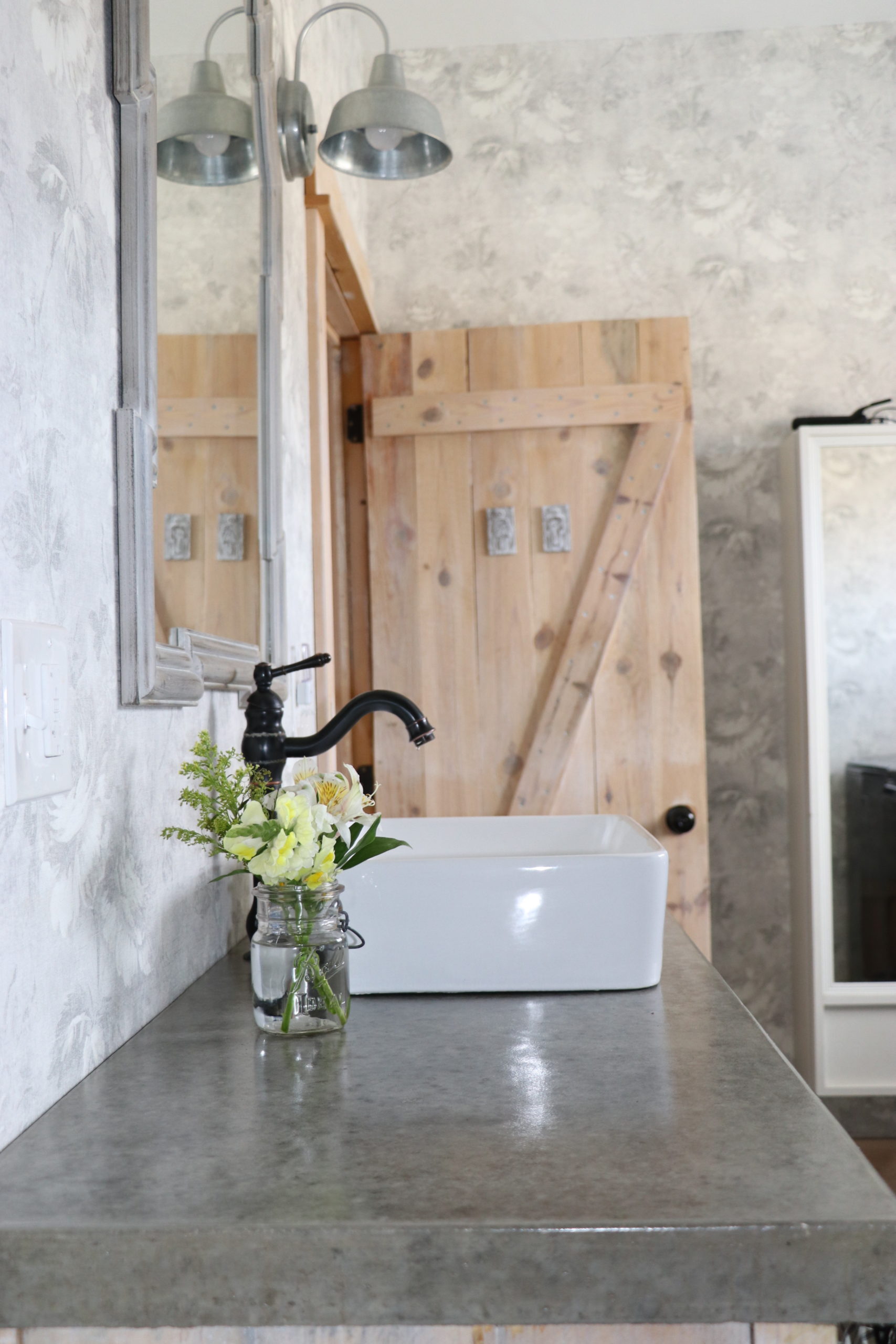
How to Build a Classy Concrete Countertop – Steveu0027s U-Cart

Lovely Imperfection – DIY Concrete Countertops Over Laminate
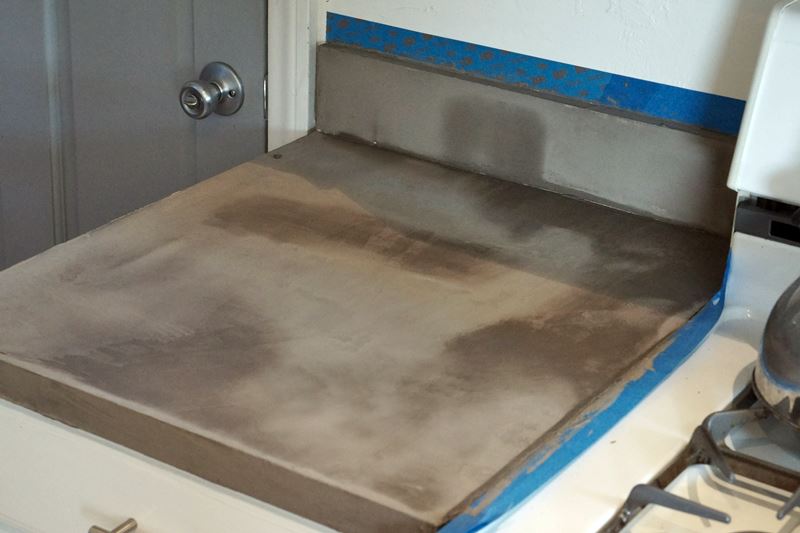
How to Choose the Best Concrete Countertop Sealers – Concrete Decor
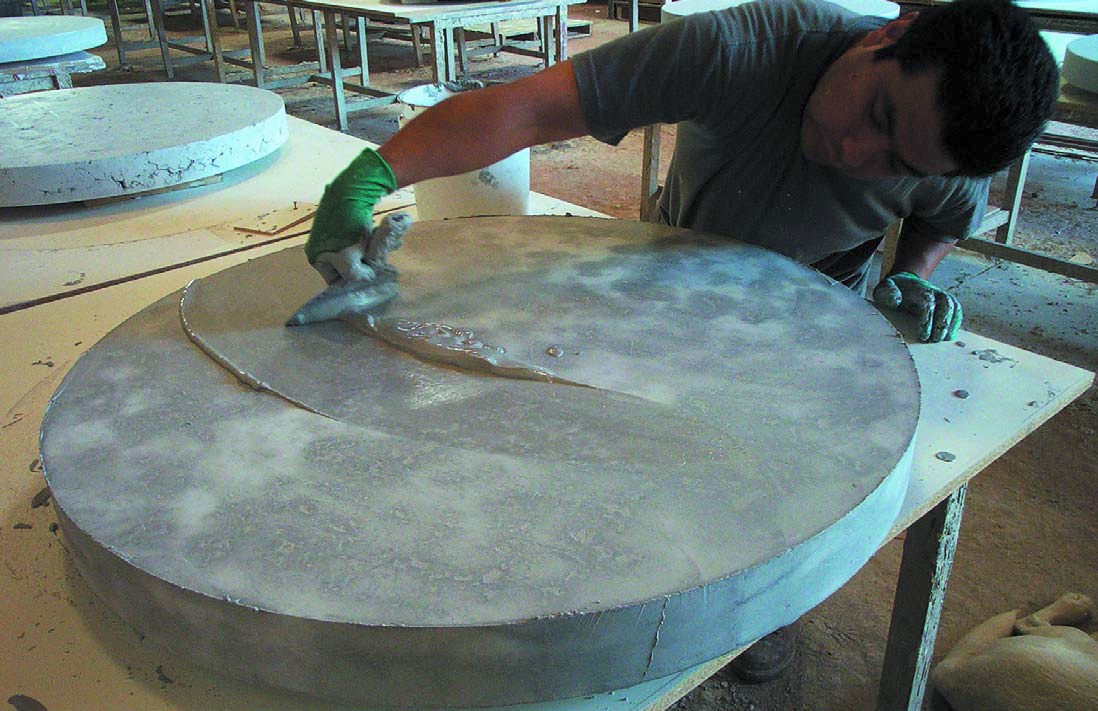
Related articles:
- Concrete Countertop Overlay
- Black Concrete Countertops
- Marble Look Concrete Countertops
- Light Grey Concrete Countertops
- Concrete Countertop Design Ideas
- Light Colored Concrete Countertops
- Epoxy On Concrete Countertop
- Concrete Countertops Designs
- Concrete Countertops That Look Like Wood
- White Concrete Countertops